Resolution No. 68-NQ/TU of the Politburo on private economic development has opened the institutional “runway”. The task of entrepreneurs is to accelerate take-off, be transparent, creative, and connect, and together build the private sector to truly become the most important driving force of the Vietnamese economy.
Be proactive, not passively wait
- On May 4, 2025, General Secretary To Lam signed Resolution No. 68-NQ/TU of the Politburo on private economic development with many breakthrough viewpoints and goals. Could you tell us how the small and medium-sized enterprise community in Hanoi received this resolution and what are its expectations?

- Immediately after General Secretary To Lam signed Resolution No. 68-NQ/TU, the Executive Committee of the Hanoi Small and Medium Enterprises Association held an urgent meeting to thoroughly grasp the new spirit. The members of the Association were excited because for the first time the Party established the private sector as the "most important driving force" of the economy, not just "one of the" as in Resolution No. 10-NQ/TU 7 years ago. That phrase affirms the position of entrepreneurs, eliminates historical prejudices and conveys the message of "central subject" to the business community.
Businesses expect strong quantitative targets: By 2030, there will be 2 million businesses, contributing 55-58% of GDP (Gross Domestic Product), labor productivity will increase by 8.5-9.5%/year; by 2045, there will be more than 3 million businesses, contributing over 60% of GDP. These figures help businesses clearly visualize the "finish line" to measure progress with the Government.
We also believe in the message of “green and digital together”. The resolution requires the private sector to become a pioneer in digital transformation, innovation and green transformation, striving to be in the top 3 ASEAN and top 5 Asia in technology by 2030. This opens up space for preferential policies on tax, green credit and technology sandbox.
- After the above mentioned feelings of excitement, expectation and trust, what commitments have the Association members made to contribute to turning the goals set out in Resolution No. 68-NQ/TU into reality?
- For Hanoi's small and medium-sized enterprises, which account for more than 98% of the total number of enterprises in the capital, Resolution No. 68-NQ/TU is like a "starting order" for a new race. Instead of just waiting for incentives, the business community has identified three commitments to accompany. First, we have transparent governance, voluntarily apply IFRS for SMEs (International Financial Reporting Standards for Small and Medium Enterprises), ESG reporting (reporting information disclosure on sustainable development factors of enterprises according to environmental - social - governance criteria); invest in R&D (research and development) of at least 2-3% of revenue for technology, renewable energy and value chain linkage. The Association will form 10 clusters of supporting industries, green agriculture, and environmentally friendly logistics before 2028.
The Hanoi Association of Small and Medium Enterprises will issue an Action Plan for the 2025-2030 period in line with Resolution No. 68-NQ/TU, including specific actions such as opening the IFRS & ESG Support Center (expected in the third quarter of 2025); establishing a VND1,000 billion Green Innovation and Transformation Fund (in parallel with the Credit Guarantee Fund); organizing a series of 12 annual "Green Capital - Digitalization" forums to connect small and medium enterprises with banks and investors.
The new mindset of small and medium enterprises in Hanoi is to be proactive, not passively waiting, in line with the spirit of "entrepreneurs are economic warriors" emphasized in the resolution.

“Pivot” helps solve the capital cost problem
- One of the tasks and solutions of Resolution No. 68-NQ/TU is to promote and diversify capital sources for the private economy; have a policy to prioritize a part of commercial credit sources for private enterprises... What is the significance of these policies for small and medium enterprises in Hanoi in the current context?
- The resolution requires “prioritizing a portion of commercial credit sources” and developing green credit, supply chain credit, and lending based on cash flow - intangible assets. This paves the way for a digital credit scoring model, reducing dependence on collateral, and is suitable for the characteristics of small and medium-sized enterprises in Hanoi, with 65% being service and technology enterprises with few tangible assets.
Regarding the policy of reducing capital costs, the Resolution allows interest rate support for green and circular projects; opens the way for “re-guaranteeing” for banks to reduce risk coefficients, thereby lowering loan interest rates. In the context of average commercial interest rates being 3-3.5 percentage points higher than inflation, this measure is very practical.
- So what is the current situation of capital access for small and medium enterprises, sir?
- Data from the State Bank shows that by the end of 2024, outstanding credit for private enterprises at credit institutions will reach about 6.91 million billion VND, up 14.72% compared to 2023, accounting for about 44% of outstanding credit in the economy. Of which, outstanding credit for small and medium enterprises will reach nearly 2.75 million billion VND, up 10.7% compared to the end of 2023, accounting for 17.6% of total outstanding credit.
Although the outstanding loan balance increased by 10.7% compared to 2023, the estimated financial gap of 24 billion USD still exists because 31,773 small and medium-sized enterprises with low risk scores have not yet received loans. The main barrier is limited collateral. 72% of small and medium-sized enterprises are service enterprises, the main assets are contracts, customer data... not yet valued by banks.
In addition, compliance costs are high, loan applications take an average of 4-6 weeks, and audit costs are 80-120 million VND/year, which is a burden for businesses with less than 20 billion VND in capital.
In addition to the above major barriers, there are also positive signs such as: The State Bank has directed credit institutions to “expand digital credit”, using big data analysis to evaluate business plans. Hanoi is piloting a database connecting tax, customs, and social insurance.
In short, the credit priority policy in Resolution No. 68-NQ/TU is meaningful as a "pivot" to change the lending model from "mortgage - control" to "data - companion", helping small and medium enterprises in Hanoi solve the problem of capital costs, while promoting deeper connections between banks and FinTech.
- The resolution also raises the issue of perfecting the model of credit guarantee funds for small and medium enterprises at both central and local levels; encouraging the participation of financial institutions and large enterprises in guaranteeing loans for small and medium enterprises; accepting risks due to objective conditions and force majeure in guarantee activities. Regarding this content, what specific proposals and recommendations does the Association have?
- From the experience of Hanoi, the City People's Committee issued Decision No. 50/2024/QD-UBND on abolishing Decision No. 206/2006/QD-UBND dated November 24, 2006 promulgating the Regulation on credit guarantee for small and medium enterprises in Hanoi of the City Development Investment Fund, causing the Credit Guarantee Fund to temporarily interrupt. The Association proposed 5 groups of solutions:
Firstly, it is necessary to re-establish the Hanoi Credit Guarantee Fund under the model of a two-member LLC, with the City People's Committee and the Association contributing 30% of the capital, in order to increase administrative autonomy and share public-private risks. It is expected that in the third quarter of 2025, the Project will be completed and submitted to the City People's Council for consideration and approval. The Fund is expected to have a charter capital of VND 1,200 billion, including VND 500 billion from the budget, VND 350 billion contributed by large enterprises and VND 350 billion in local green bonds.
Second, build a “Green - Digital Guarantee Window”, guaranteeing up to 80% of the loan value for energy saving and digital transformation projects with ESG measurement reports. 100 projects will be piloted in 2026 with outstanding guaranteed debt of VND 3,000 billion.
Third, apply digital credit scoring and co-guarantee; connect tax, customs, POS, e-invoice databases. Enterprises with score A or higher will receive a 30% reduction in credit guarantee fees when signing a memorandum of understanding (MoU) with 3 FinTech companies - FiinGroup, NAPAS Data, MISA - in 2025.
Fourth, the "reverse guarantee" mechanism with leading enterprises, FDI enterprises and domestic corporations such as Samsung, VinFast, T&T... guaranteeing the level 2-3 supply chain, the Credit Guarantee Fund re-guarantees 50-60% of the risk portion. Hanoi signed a pilot with Samsung Vietnam for 50 supporting industry enterprises in the period 2026-2027.
Finally, the Risk Reserve Fund and Credit Guarantee Insurance will deduct 15% of the guarantee fee into the reserve fund and purchase risk insurance worth VND30 billion/year from PVI Insurance Corporation. This will be applied as soon as the Fund is operational.
These recommendations are based on recommendations from the Ministry of Finance, the State Bank and the experience of funds in Japan (JFC) and South Korea (KODIT). The goal is to increase the rate of Hanoi enterprises receiving guarantees from less than 2% currently to 10% by 2030, contributing to achieving the target of 55-58% of GDP set out in Resolution No. 68-NQ/TU.
Thank you very much!
Source: https://hanoimoi.vn/pho-chu-tich-kiem-tong-thu-ky-hiep-hoi-doanh-nghiep-nho-va-vua-thanh-pho-ha-noi-mac-quoc-anh-phat-trien-kinh-te-tu-nhan-da-duoc-mo-duong-bang-the-che-701866.html




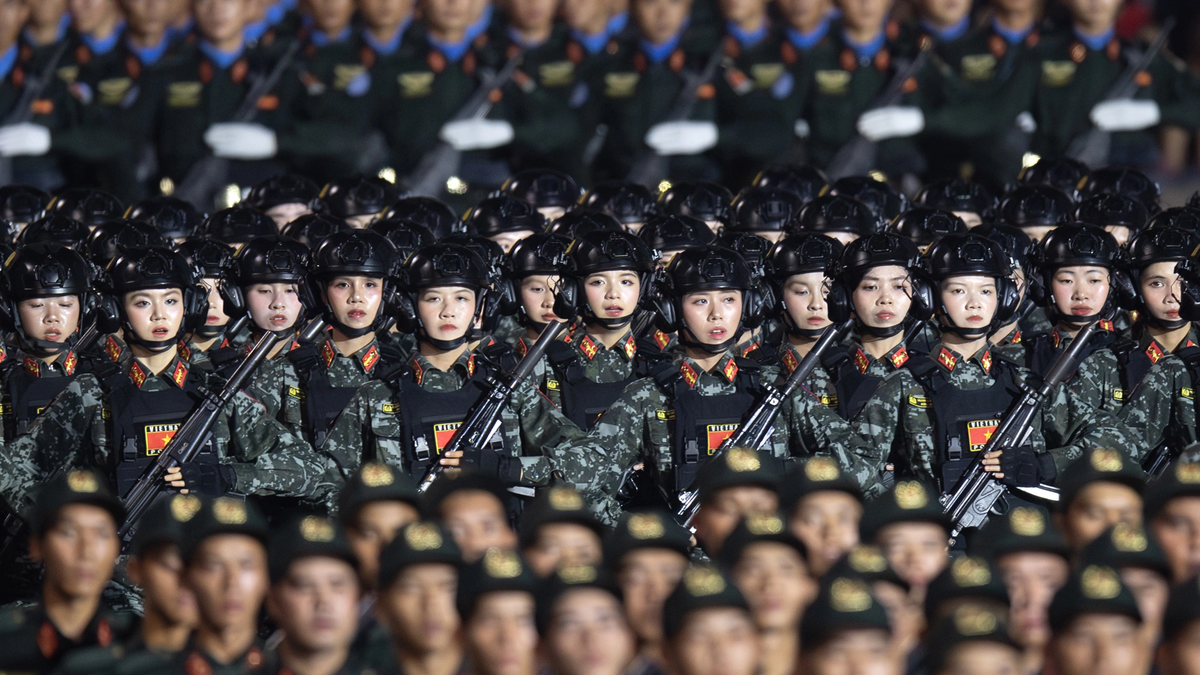



![[Photo] Images of the State-level preliminary rehearsal of the military parade at Ba Dinh Square](https://vphoto.vietnam.vn/thumb/1200x675/vietnam/resource/IMAGE/2025/8/27/807e4479c81f408ca16b916ba381b667)













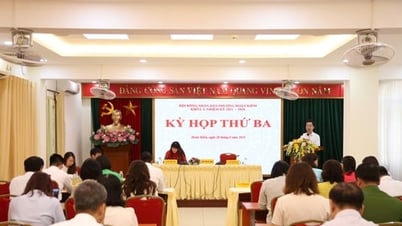



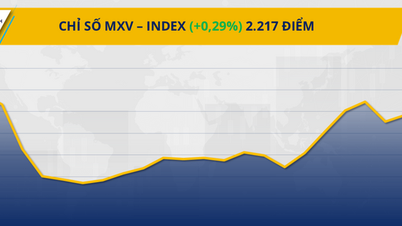

![[Photo] Parade blocks pass through Hang Khay-Trang Tien during the preliminary rehearsal](https://vphoto.vietnam.vn/thumb/1200x675/vietnam/resource/IMAGE/2025/8/27/456962fff72d40269327ac1d01426969)






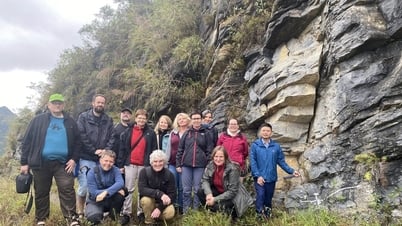














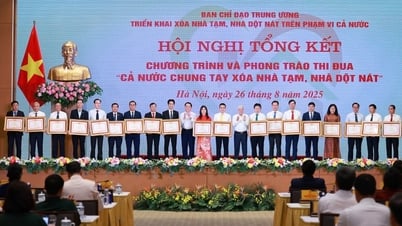

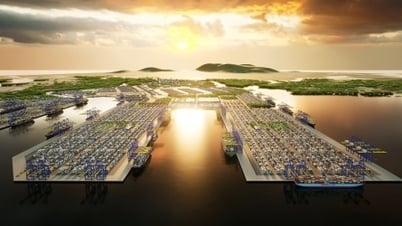























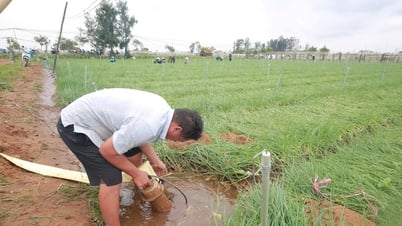







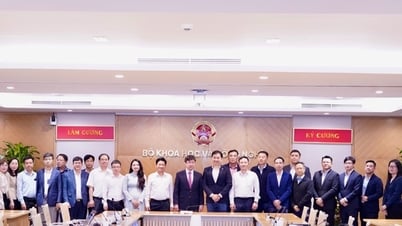










Comment (0)